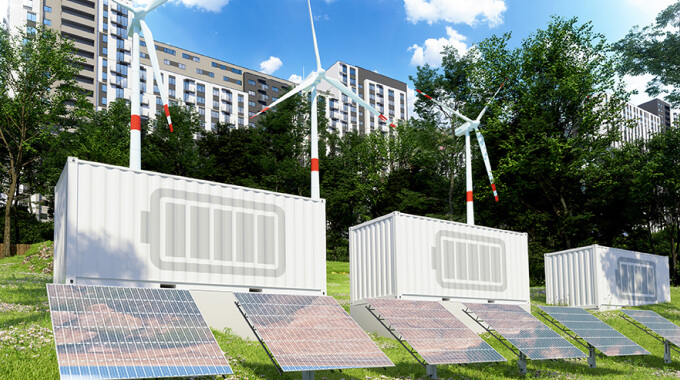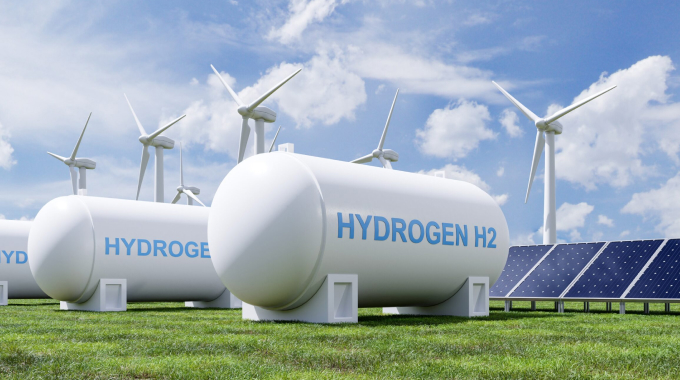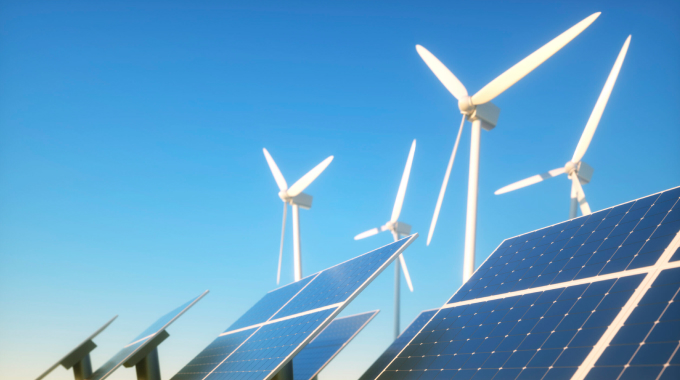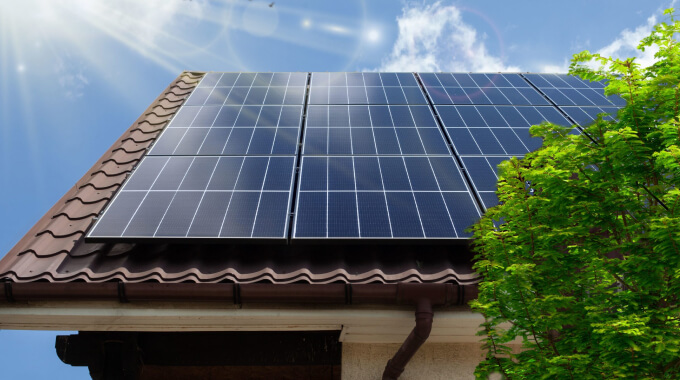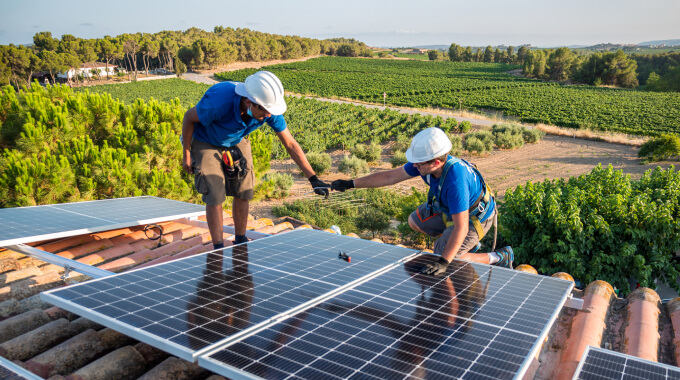43 UMUNYA STREET FEDERAL HOUSING 33 ONITSHA
In Nigeria, developing and managing sustainable infrastructure for powerhouses, especially in
solar and electrical energy sectors, is critical to addressing the country’s energy
challenges. Powerhouses, whether for solar or conventional energy, need to be designed with
sustainability in mind, ensuring that energy production is both efficient and environmentally
responsible.
For solar powerhouses, sustainable infrastructure includes the use of solar panels, inverters,
and battery storage systems to harness and store energy. These systems reduce dependence on
the national grid, providing reliable off-grid solutions for rural areas and reducing carbon
emissions. Additionally, integrating solar power with smart grids and energy management
systems enhances efficiency, ensuring optimal energy distribution.
In traditional powerhouses, energy-efficient technologies and the integration of renewable
energy sources are essential for reducing environmental impact. Sustainable construction
practices, such as using eco-friendly materials and optimizing energy use, ensure that these
powerhouses contribute to Nigeria's long-term energy security and sustainability goals.
A powerhouse is a building that houses the machinery required for electricity generation, such as turbines, generators, and transformers. Here’s a brief explanation of its construction process:
In Nigeria, the energy landscape is evolving with solar power slowly gaining traction alongside the traditional electricity grid. The country faces significant energy challenges, including unreliable grid power, limited access to electricity in rural areas, and a dependence on fossil fuels for power generation. Below is an analysis of the current state of solar and electrical installations in Nigeria:
Battery storage solutions store electricity for later use, enhancing energy reliability, efficiency, and renewable integration..
Commercial solar energy harnesses solar power for businesses, reducing costs and promoting sustainability through clean energy.
Solar energy offers high ROI by reducing energy costs, increasing property value, and providing tax incentives.
Recent Projects
